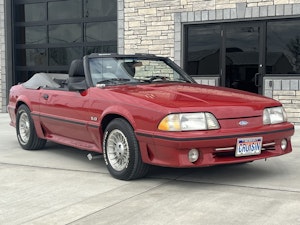Media | Articles
Question of the Week: Are 3D-printed parts a fit for your ride?
When your car is stuck in the garage, awaiting parts that are thousands of miles away, it can be a stark reminder of our beloved machines falling victim to Father Time. But can modern technology ease the pain?
Original or new old stock parts are best, but it is also now possible to recreate the original part to an exacting specification with additive manufacturing, commonly known as 3D printing. Porsche Classic has been leading the way with 3D printing by developing a catalog of difficult-to-source parts for its vintage models.
3D printing technology isn’t just for the big manufacturers, either. The average user is now gaining access to 3D printing and the materials needed to create precisely-made, durable parts. Currently there are many options for printers under $500 that can create small parts from durable ABS plastics, which can be used right off the printer. If a metal part is required, the printed piece can act as a mold in an investment casting process to create an exact replica in the material desired. High-end printers are able to print in select metals, but consumer models have not yet come down into the affordable range.
Whether it’s replicating an existing part that has been scanned or printing a new part based on a computer-rendered design, there is a great amount of flexibility in what you can create. A home enthusiast can then print improved parts that the factory either couldn’t or wouldn’t when the vehicle was built, along with the option for full custom bits like adapters and retrofit parts. Technology typically drops in price over time, so hopefully we can look forward to a local shop printing us a set of new pistons for a Packard straight-eight sometime in the future.
We want to hear from you: Have you 3D printed a part for your car? Would you buy parts produced this way for your precious vehicle? How do you think such parts impact a car’s originality?
Marketplace
Buy and sell classics with confidence










